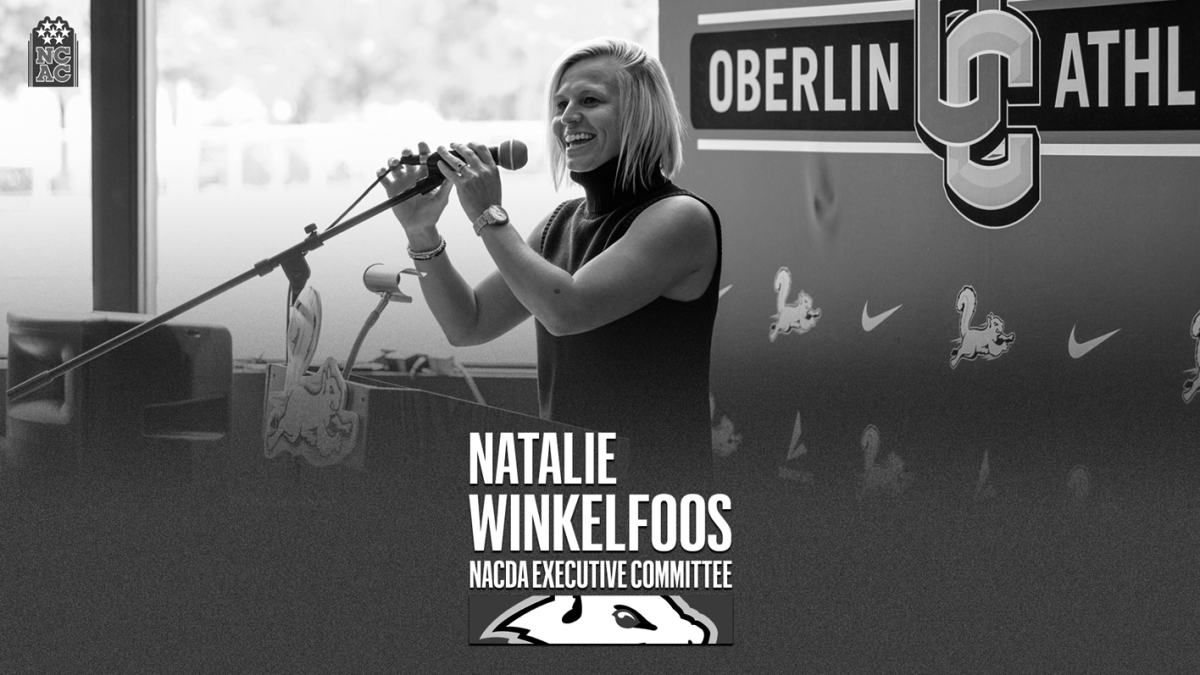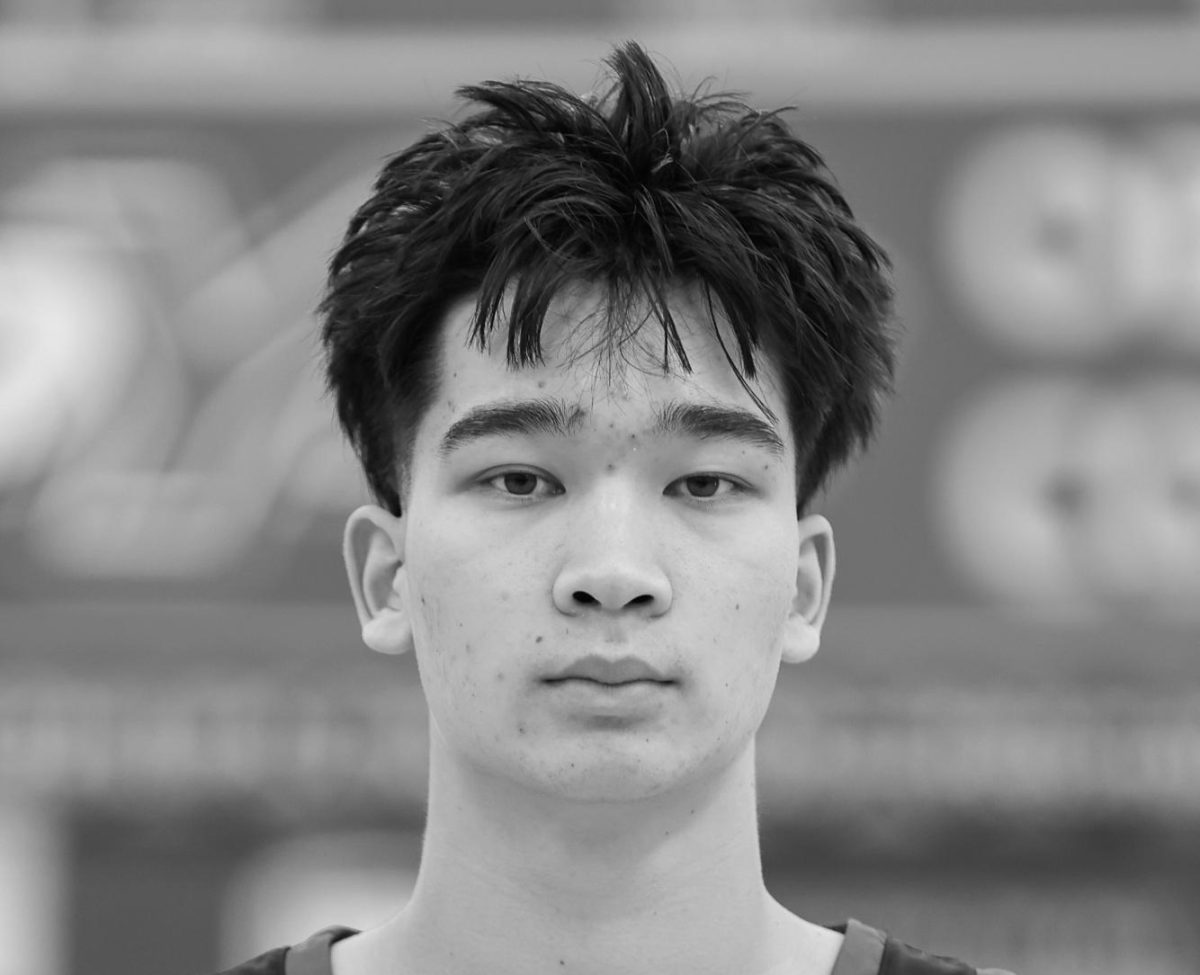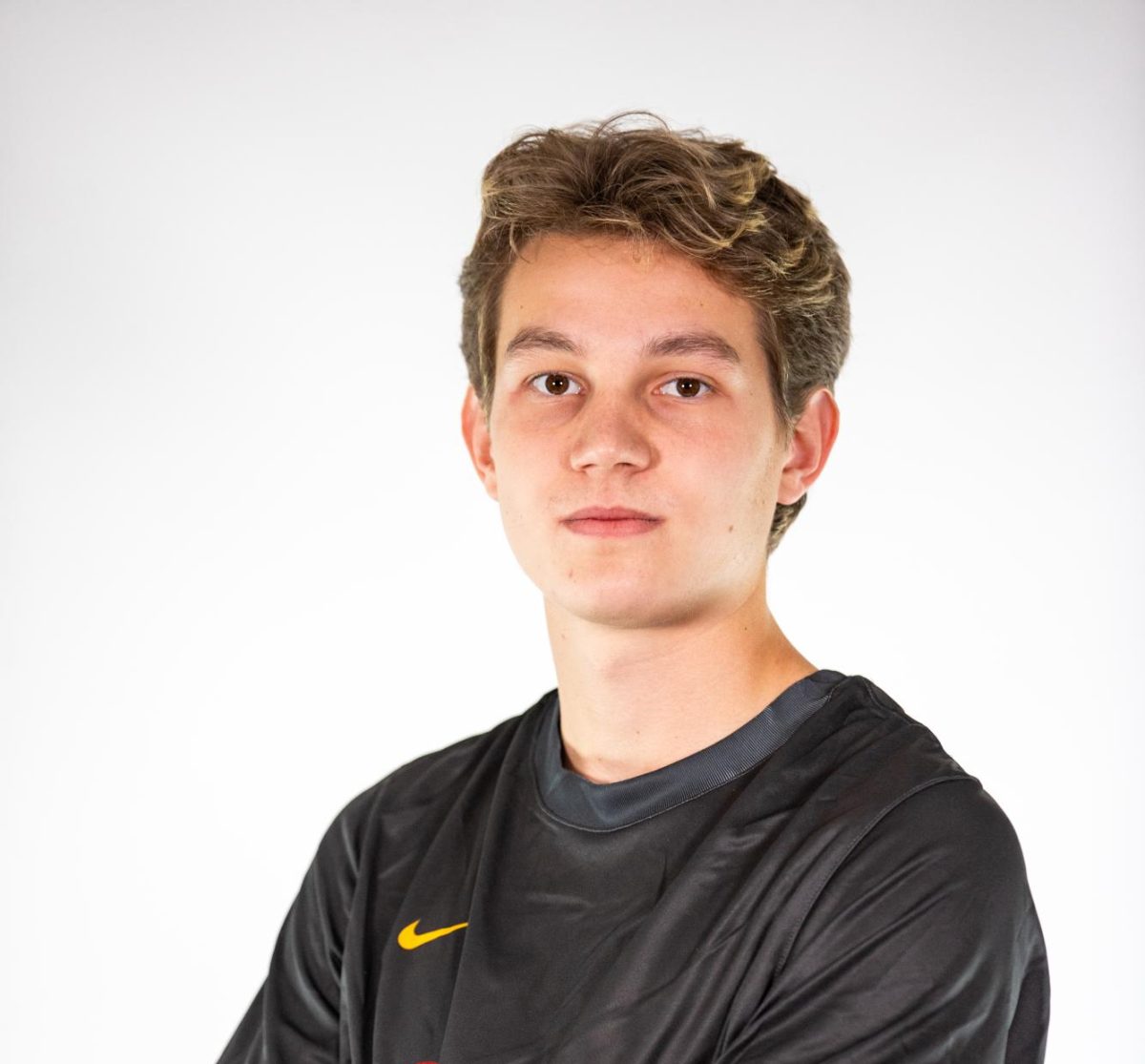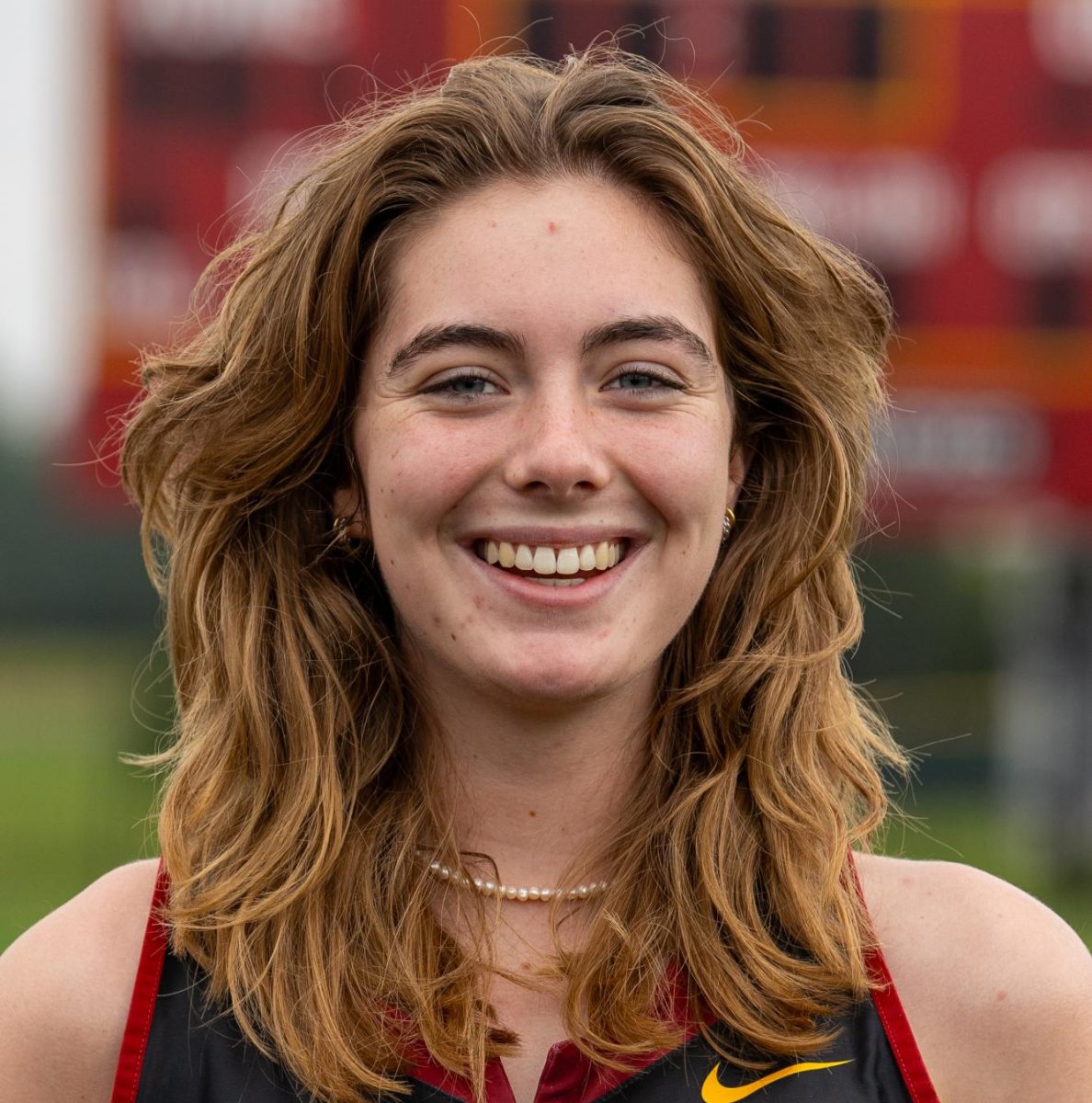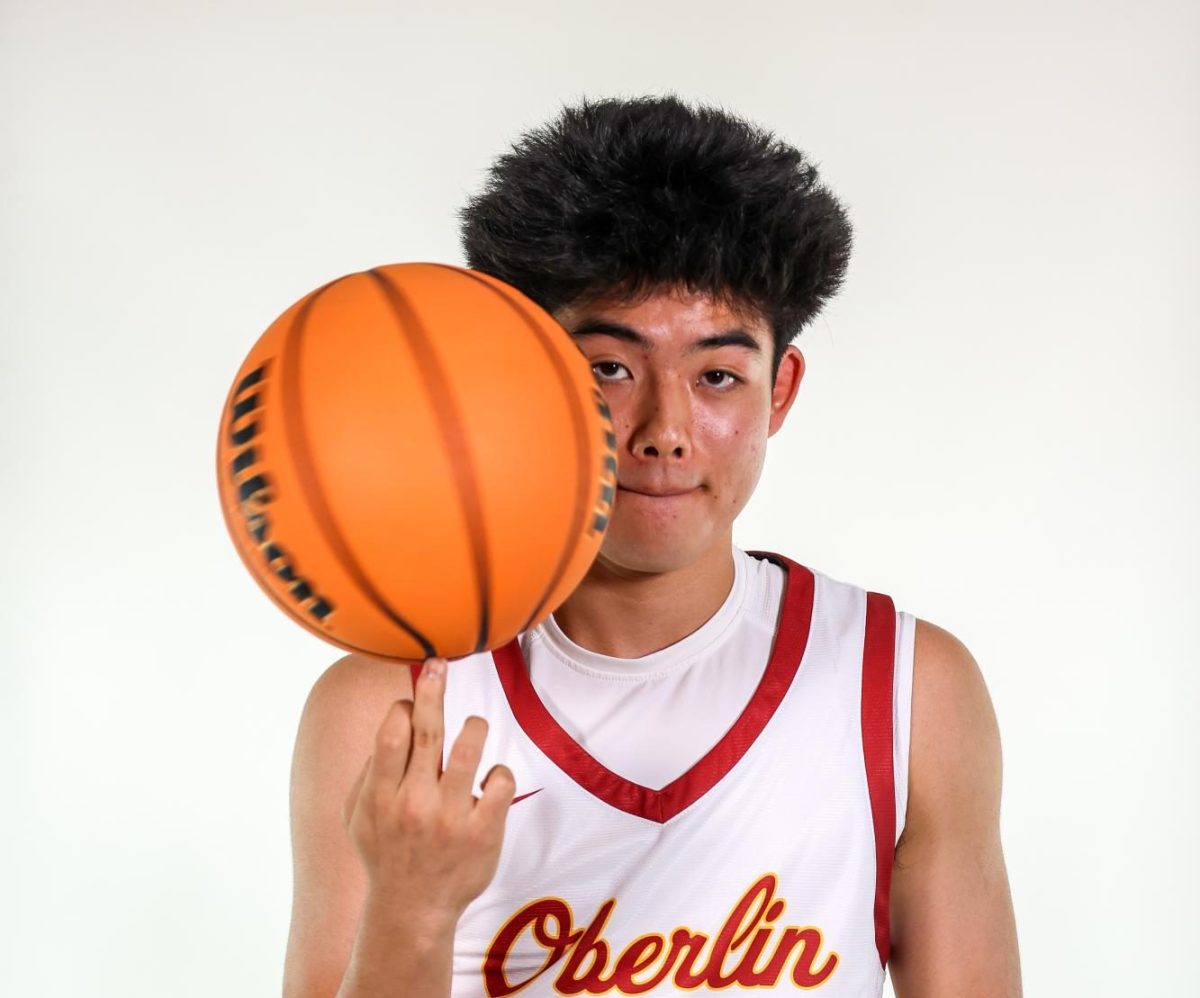Lauren Mills is a third-year midfielder on the women’s lacrosse team. A double major in Neuroscience and Biology on the pre-medical track, she is constantly on the run. When Mills isn’t on the field, she can be seen working at the gym desks or preparing samples for other Biology class labs in the Biology Department stockroom. In the fall, Mills works for Athletics Communications and is in charge of statistics and filming of men’s and women’s soccer, as well as field hockey.
Mills, alongside fourth-years Abbie Patchen and Emily Shimabukuro, scored their 100th collegiate career goals in the last couple of weeks — Patchen against Baldwin Wallace University March 12 and Shimabukuro against the University of Mount Union March 16. Mills scored hers over spring break against Rhodes College in Memphis, TN, March 28.
Mills had never heard of lacrosse until seventh grade, when her friend from school wanted her to join the youth recreational league in St. Louis. Driven by her curiosity and her interest in sports, she got involved in lacrosse. Unlike other parts of the country, lacrosse is an up-and-coming sport in Missouri, so there were no competitive club teams for anyone below high school age then. Most people in her area who play lacrosse don’t start until middle or high school. There were not many options for club teams — there were only around three or four teams around, and they would compete against each other frequently due to the lack of numbers. More often than not, these club teams would have to travel out of the state to larger metropolitan areas in Indiana or Illinois to compete with other clubs.
When Mills joined a club team in high school, she felt like she started to excel. In the offseason, she would play with the club. Playing Division III lacrosse was not on her radar until her last two years of high school. She was a tri-sport athlete in high school, playing softball in the fall, basketball in the winter, and lacrosse in the spring. She learned quickly, which Mills credits to her basketball and softball skills translating well into lacrosse. Ultimately, she fell in love with the sport and started to put a lot of time and effort into developing her skills.
“I always knew I wanted to play a sport in college because I just really enjoy playing sports, and I love being part of a team that’s motivated toward a common goal,” Mills said. “But I didn’t realize I wanted to play lacrosse [in college] until probably junior year. That’s really when I started to improve and then realized that I could play at the next level and that it was an option.”
In deciding to attend Oberlin, she knew that she wanted to play for a competitive team, alongside having strong STEM courses.
“I really liked the combination of playing a pretty competitive team that competes with a lot of other DIII programs, especially being in the [North Coast Atlantic Conference],” Mills said. “We have very difficult teams that we have to play, but with the combination of having really high academics, especially in STEM. So that was the main appealing factor for me.”
Now playing with a variety of players from across the country, Mills notices the difference in playing between regions. She describes the Midwest playing style as gritty, compared to the East Coast style of technical and traditional play, or the West Coast style of a more relaxed and free-play style. Especially in the eastern part of the United States, lacrosse is a sport that many kids grow up playing.
“It means like, you’re just hustling and you’re going for like those 50–50 ground balls and you’re helping the team out in whatever way you can,” Mills said. “I just think Midwest players have more of a chip on their shoulder.”
Mills is the oldest of five children. After she started to play, her sisters followed in her footsteps. Her sister, two years younger, started playing in high school, although they were never on the same team. Her other sister, who’s in eighth grade, has played competitively for a few years now.
“Sometimes in the summer, we throw around in the backyard, but we were … all at different skill levels,” Mills said. “My sister who’s two years apart from me doesn’t play anymore, but we still like to throw around and play catch.”
This year, instead of having two traditional fourth-year captains, the women’s lacrosse team switched over to a leadership committee that Mills is on, alongside Patchen and fourth-years Audrey Koren, Caroline Lee, and Kaela Wilson. Mills believed that the leadership committee provides a space for more people to have an input on decisions. The members of the committee still have the same responsibilities as a traditional two-member captain team, such as making sure that all of the equipment is out properly before practice, or making sure that everybody is arriving on time to practice.
Over the course of the fall semester, the committee had weekly meetings where they discussed different aspects of leadership. They are liaisons between the team members and the coaches. Mills likes to ask her teammates for their opinions on a variety of different things — such as preference to practicing inside or outside — so she can gauge how her teammates are feeling about a certain issue before the leaders make a decision. Altogether, Mills is happy with the switch from captains to a committee.
“I think there’s definitely pros and cons to both, but I like being in the leadership committee because there’s lots of different opinions and lots of different perspectives, and I think that helps us,” Mills said. “It sometimes hurts us in that it’s difficult for us to make decisions, but then also the pro would be that there’s definitely a lot of different opinions and people bring different things to the plate as well.”
One thing that the leadership committee instituted this year was creating so-called “families” within the team, one for the fall and one for the spring. There are five families, each with one of the committee members. A family consists of around five members in different grades playing various positions. They do various bonding activWities, such as making brunch together or going to Lupitas Mexican Restaurant for dinner.
“We’re in charge of making sure that they’re doing okay and checking in on them,” Mills said. “We switched them up in the spring too, so we were interacting with different people, which I really like, but I think our team dynamic is really good this year. We’re close to people who are not in our family as well, so it’s not just tied to who’s in our family, but it’s always good to have a few people that you’re specifically looking out for.”


